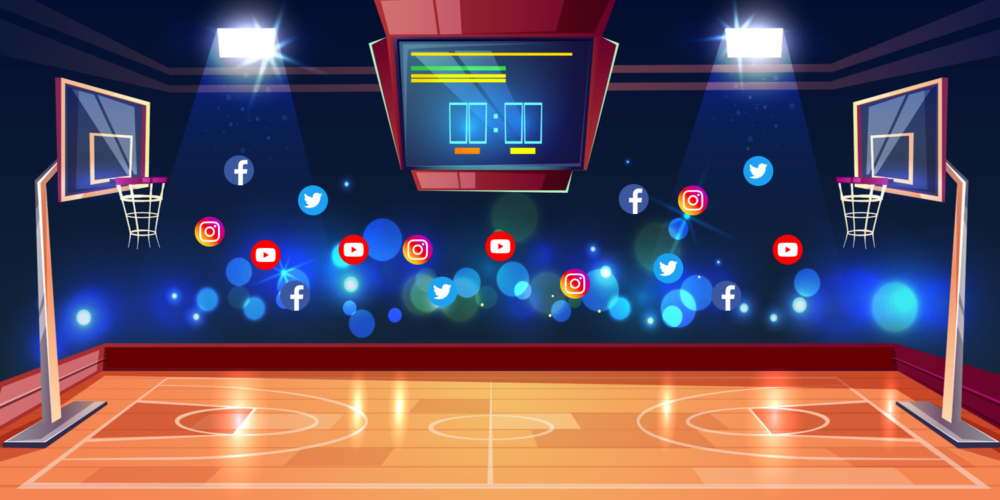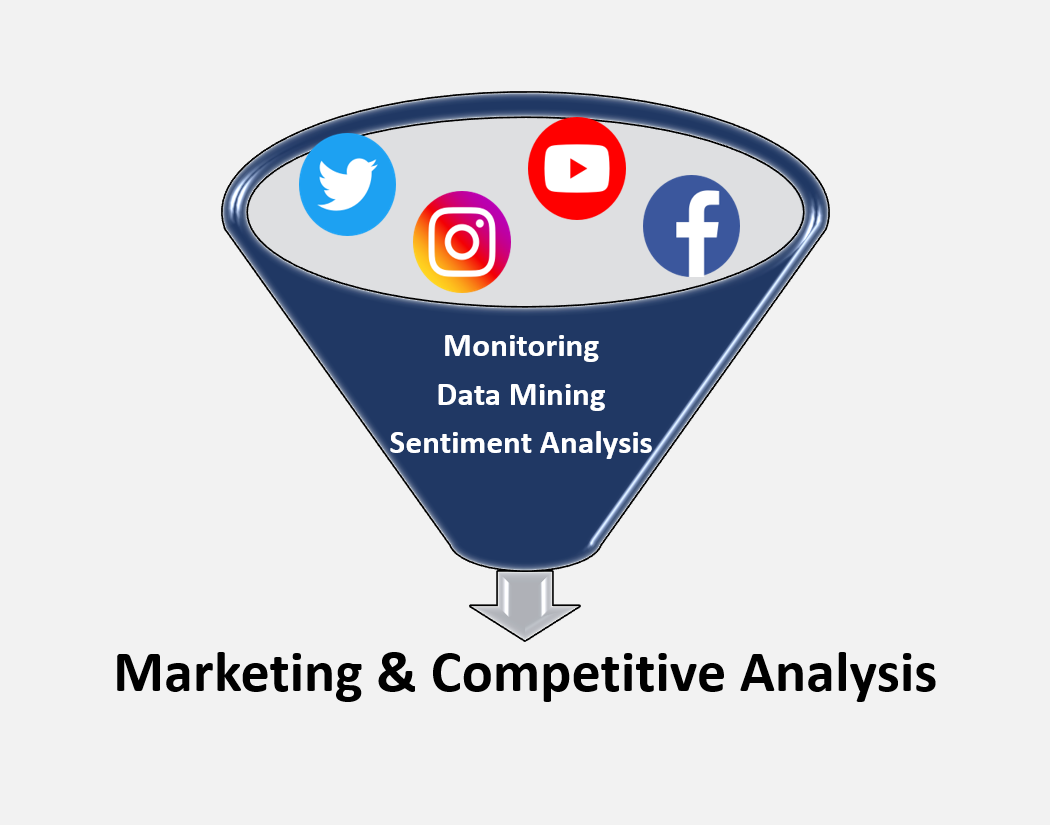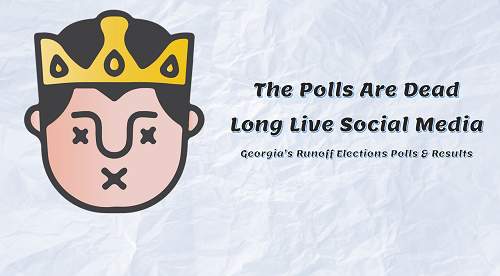Virtual Influencers, Real Influence
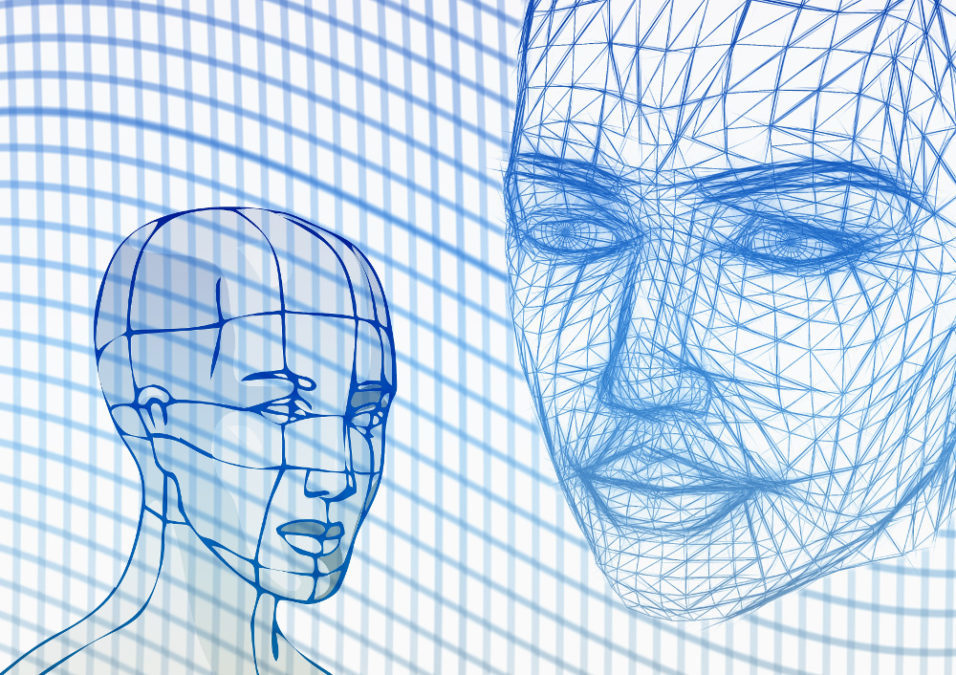
Can you distinguish virtual influencers from real ones (i.e., humans)?
Before scrolling down the page, look carefully at these images and choose the “real” influencers, that is, not generated by computers.
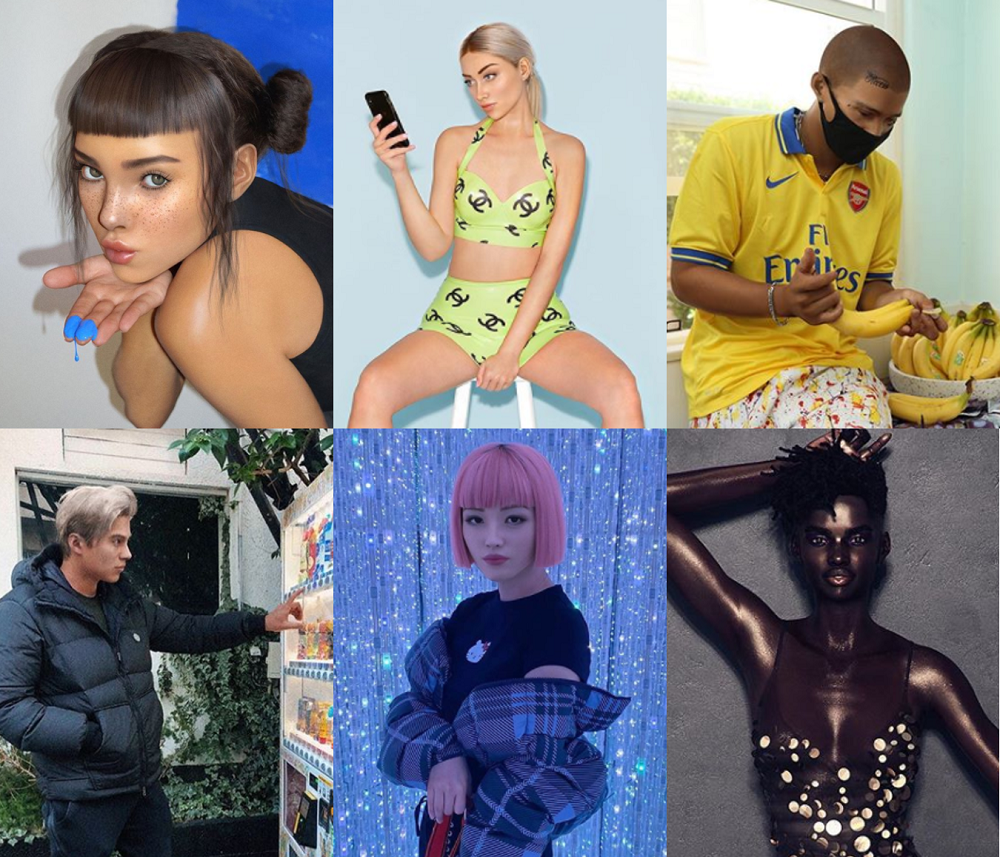
From left to right, from top to bottom, these influencers are:
- Miquela or lilmiquela on Instagram, 2.9 million followers
- Bermuda ou bermudaisbae on Instagram, 290 thousand followers
- Blawko or Blawko22 on Instagram, 153 thousand followers
- Liam Nikuro or liam_nikuro on Instagram, 14.5 thousand followers
- Imma ou imma.gram on Instagram, 333 thousand followers
- Shudu or shudu.gram on Instagram, 211 thousand followers
If you thought that some of them are real people, you were wrong. All 6 above are computer-generated “people”, or CGI influencers (CGI = computer-generated imagery). The social profiles are robots, but the reach and influence they command are very real!
Although they behave on social media like humans, none of them tries to impersonate a human. In their descriptions on Instagram, it is very clear what they propose to be. Miquela presents herself as “Change-seeking robot with the drip”; Bermuda calls herself “Robot Queen“; Blawko presents himself as “Low-life and high-tech in the City of Angels”. Liam Nikuro claims to be ” NBA Washington Wizards Official Virtual Influencer“; Imma introduces herself as “I’m a virtual girl. I’m interested in Japanese culture, film and art”, and finally, Shudu claims to be “The World’s First Digital Supermodel”.
These virtual influencers play the same role as human influencers, that is, they talk about their daily “lives”, their tastes, sadness, and of course, their favorite products.
All of these influencers were created by digital agencies, experts in CGI, such as Brud and The Diigitals , among others. These agencies are responsible for creating and developing the character on social media, giving them a life and a purpose, which eventually manages to attract brands and advertisers. Instagram is by far the preferred medium for virtual influencers.
Brands are paying attention. On the one hand, these virtual influencers allow greater control over the message to be conveyed, after all, it is a digital message that can be edited. On the other hand, followers have to believe in the message’s transparency and authenticity. If it becomes obvious that the virtual influencer is simply programmed to get any message out for a price, it can backfire and have a bad impact on the brand. But this is not a problem restricted to virtual influencers, human influencers also need to convey real authenticity, or risk losing followers.
Virtual influencers are here to stay, and brands that know how to collaborate better with these avatars and their creators will have access to a huge new audience. According to a Fullscreen survey , 42% of Generation Z and Millennials have already followed a virtual influencer without knowing it was virtual; and 55% of followers of virtual influencers have already made a purchase motivated by the virtual influencer. Brands like Valentino, Prada, Kenzo, Renault, KFC and others have already used virtual influencers.
Some marketing experts believe that virtual influencers must assume their digital identities and separate themselves from human images, to avoid conflicts, and to be able to take much larger creative liberties, disconnected from human limitations. Others already consider these virtual influencers to be a direct competition to human influencers. And there are some who think that virtual influencers represent a novelty, a passing trend that will not succeed.
There are many ethical issues involving the use of virtual influencers that are not clearly being addressed. For example, if a white programmer creates a black virtual avatar and benefits financially, it could be seen as racial misappropriation. Brands considering the use of virtual influencers should carefully consider the origin, history and context of the avatar before associating themselves with them.
Society, and the response of consumers to this new type of marketing, will eventually determine how virtual influencers will be accepted and their long-term success as marketing vehicles.
Cover image by Pixy released under Creative Commons CC0 .
Odysci
Related posts
